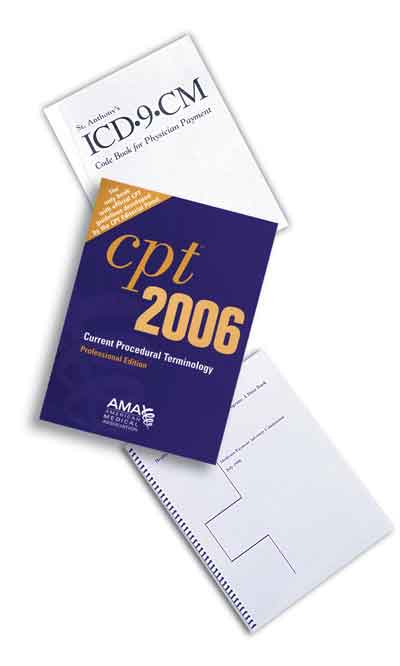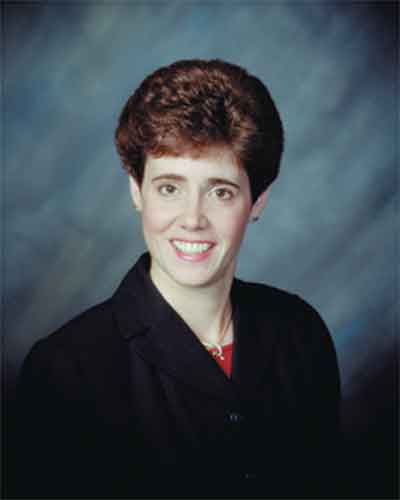A: A study on the use of modifier -25 by the Office of Inspector General revealed that approximately 35 percent of claims filed with modifier -25 did not meet the program requirements. The root cause of the errors: inadequate support documentation.
CPT defines modifier -25 as "Significant, separately identifiable evaluation and management service by the same physician on the same day of the procedure or other service." It indicates that the patient's condition required an additional E/M service beyond the usual preoperative care provided for the procedure or service. Additional language added in CPT 2006 emphasizes the importance of chart documentation: "A significant, separately identifiable E/M service is defined or substantiated by documentation that satisfies the relevant criteria for the respective E/M service to be reported." CPT adds, "This modifier is not used to report an E/M service that resulted in a decision to perform surgery."

The specific criteria for modifier -25 include:
• The services(s) are provided by the same physician to the same patient on the same day as another procedure or other service.
• The service is for a significant, separately identifiable E/M (or eye) service, above and beyond the usual pre- and postop work of the procedure.
• The procedure is a minor one, which Medicare defines as one with zero to 10 days of postop care. Examples include foreign body removal (65222), punctal occlusion with plugs (68761), and epilation for correction of trichiasis (67820).
Q: Are different diagnoses required for reporting a claim for the office visit (E/M or eye) on the same day as the minor procedure?
A: No. The CPT definition and the MCPM update clearly state, "Different diagnoses are not required for reporting the E/M service on the same date as the procedure or other service. Modifier -25 is added to the E/M code on the claim."
Q: If only one diagnosis exists, what support do carriers require for the office visit and the procedure?
A: The MCPM update says, "Both the medically necessary E/M service and the procedure must be appropriately and sufficiently documented by the physician or qualified nonphysician practitioner in the patient's medical record to support the claim for these services." The Medicare guidelines don't preclude documenting the exam and minor surgery on the same page in the medical record, but our firm does not recommend it. We suggest a separate operative report for the surgery. It should contain the indications for the procedure, a description of the procedure, and discharge instructions.
Q: When is it appropriate to file a claim for the office visit and the procedure?
A: The most straightforward approach exists when the patient presents with two complaints and two diagnoses are made. For example, your glaucoma patient complains of a foreign body sensation in her right eye on the same day as her intraocular pressure check. Exam reveals a corneal foreign body in the right eye and her IOP is normal in both eyes. The office visit is filed with modifier -25 and a diagnosis of glaucoma; the foreign body removal is filed with a diagnosis of corneal foreign body.
When there's only one diagnosis, you have a challenge. The CPT definition says that a separately identifiable service must be provided. If documented correctly, a separately identifiable exam may be reimbursable in addition to the procedure because the physician had to cope with more than one occurrence of the same problem in different ways. For example, your patient presents with two chalazia: a large one on the right eye, and a small one on the left eye. You incise and drain the larger one, and treat the small one with medications and warm compresses. Both the exam and the minor procedure carry the same diagnosis (i.e., 373.2).
Q: Can I use a symptom diagnosis for the office visit (i.e., pain) and the conclusive finding diagnosis (i.e., corneal foreign body) for the procedure?
A: No. The introduction to the ICD-9 manual states," … Codes that describe symptoms as opposed to diagnoses are acceptable if this is the highest level of certainty documented by the physician." Code the symptoms only if you cannot make a definitive diagnosis.
Q: When is it inappropriate to use modifier -25?
A: If the only purpose of the exam is preop care, a claim for an office visit with modifier -25 would not be appropriate. For example, you saw a patient 10 days ago for a dry-eye complaint. At that visit, you prescribed artificial tears and suggested that, if the tears did not address her symptoms, punctal plugs may help. She presents today complaining of little relief from the tears and desires plugs. The exam today would be considered preoperative care and included in the reimbursement for the insertion of punctal plugs. Punctal occlusion is the only billable service.
Without an unrelated diagnosis, many office visits performed on the same day as a minor procedure won"t meet the modifier -25 definition. The same-day exam is rarely anything but usual preoperative work. In a few situations, the same diagnosis may support both an office visit and a minor procedure on the same day.




